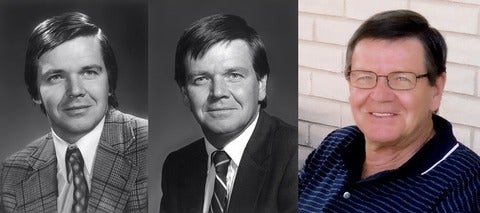Strengthening Canada-France research collaboration: MOU marks new horizon for Waterloo research partnerships with France
A long-term collaboration with academic partners across France has culminated in a memorandum of understanding between the University of Waterloo and Inria — France’s National Institute for Research in Digital Science and Technology.

